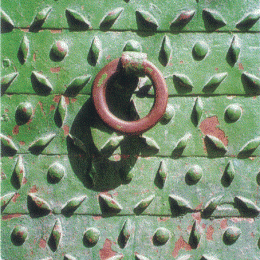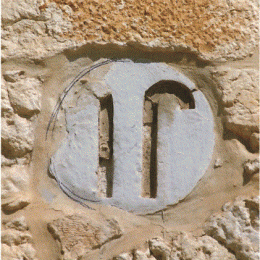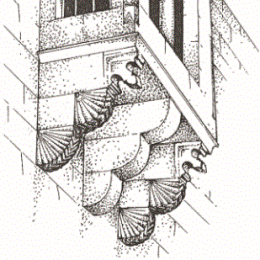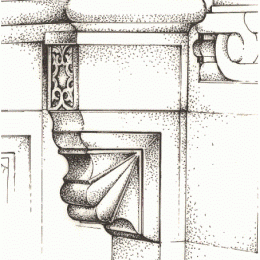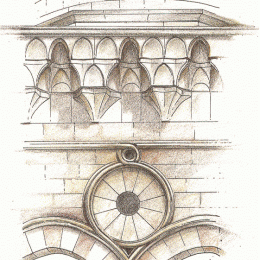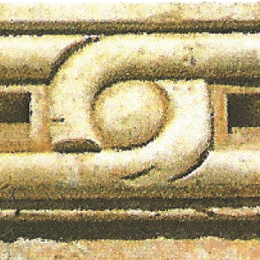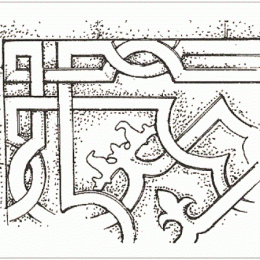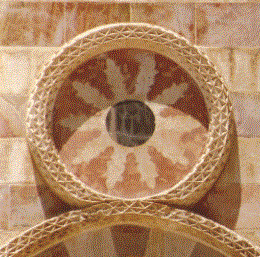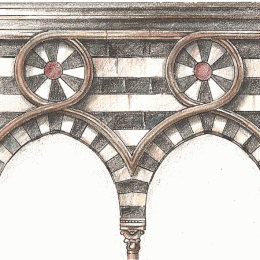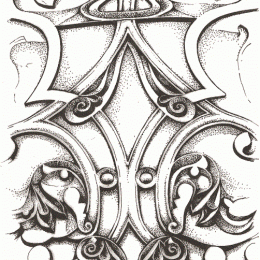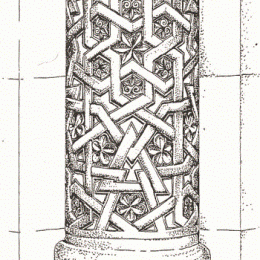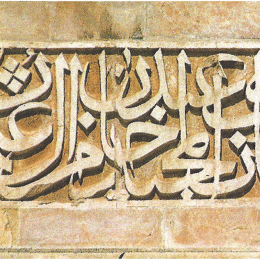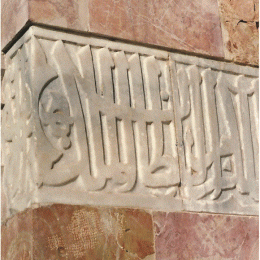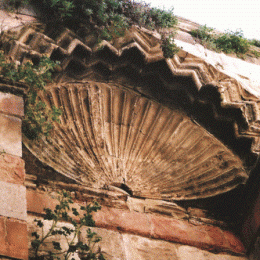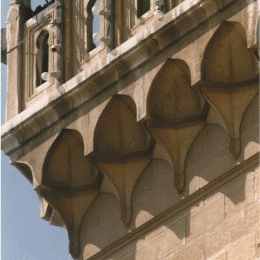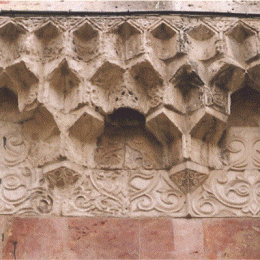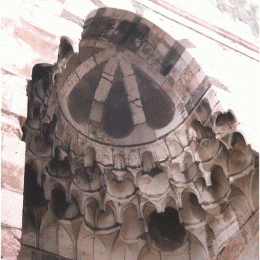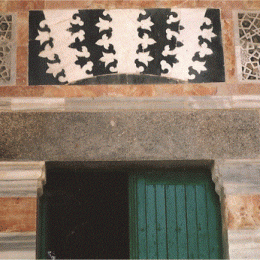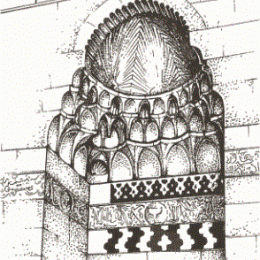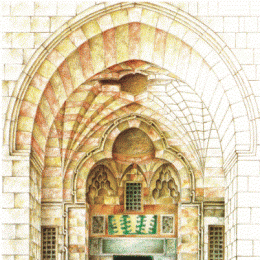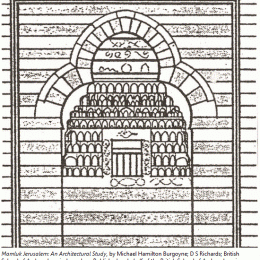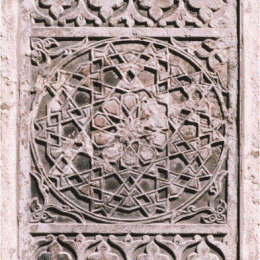Decorative Religious Splendor. The Mamluks were a military dynasty, who rose from the status of slaves, and ruled Egypt, Syria and Palestine for almost three centuries, from 1250 to 1517. Their rulers made Jerusalem an important Muslim religious center, and in order to provide for the needs of thousands of Muslim pilgrims who flocked to the city, they built around the Haram al-Sharif over 60 impressive buildings and monuments. These included places of learning (madrasa), worship, lodging, public baths and covered markets, as well as mausoleum tombs (turba). The genius of Islamic art, decoration and craftsmanship are well represented in the monumental Mamluk architecture in the city. The heavy Mamluk stone structures are decorated with a diversity of beautiful design patterns using interlocking layers of stone, in different depths, textures and colors (ablaq). The sophisticated masonry techniques, the interchangeability of geometric patterns and motifs, as well as their change of texture and scale, result in one of Islam’s most distinctive and splendorous examples of architectural design and decorative excellence.
God is in the Details

Items
